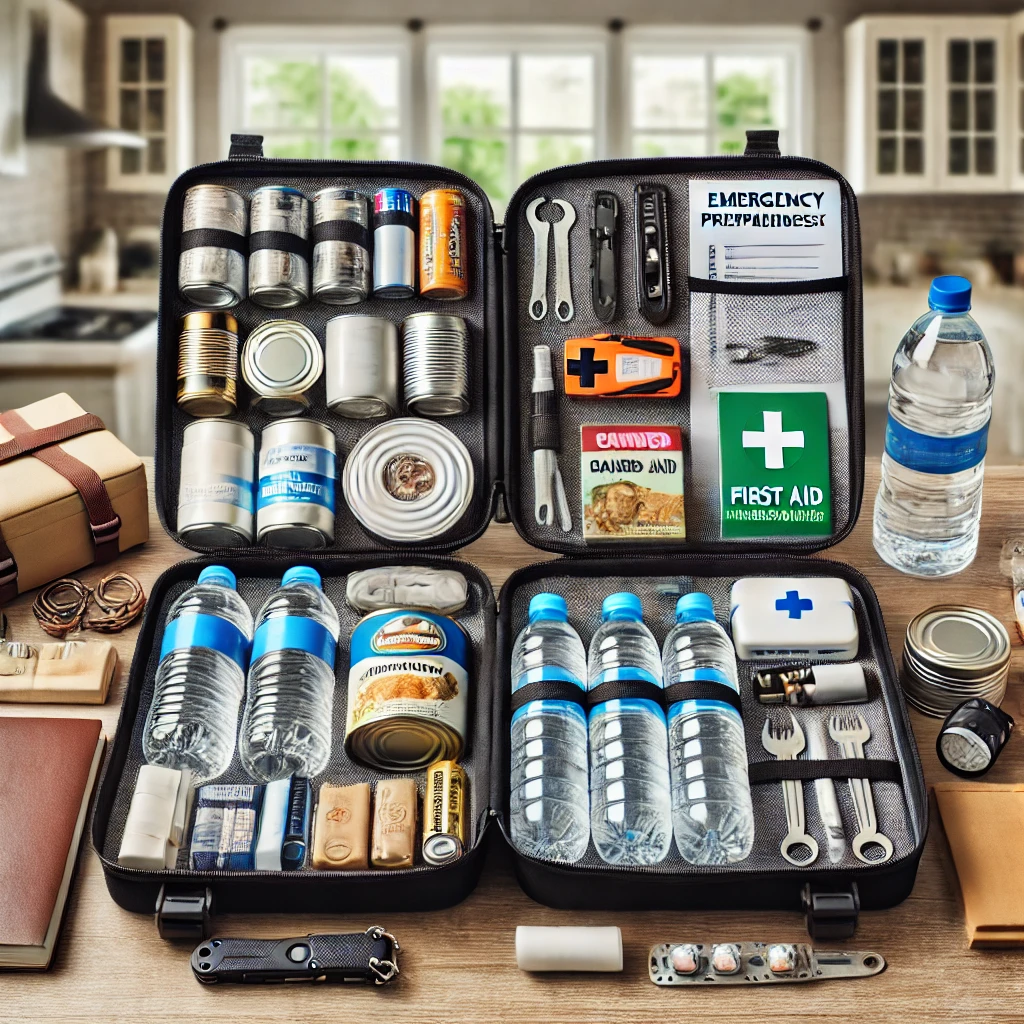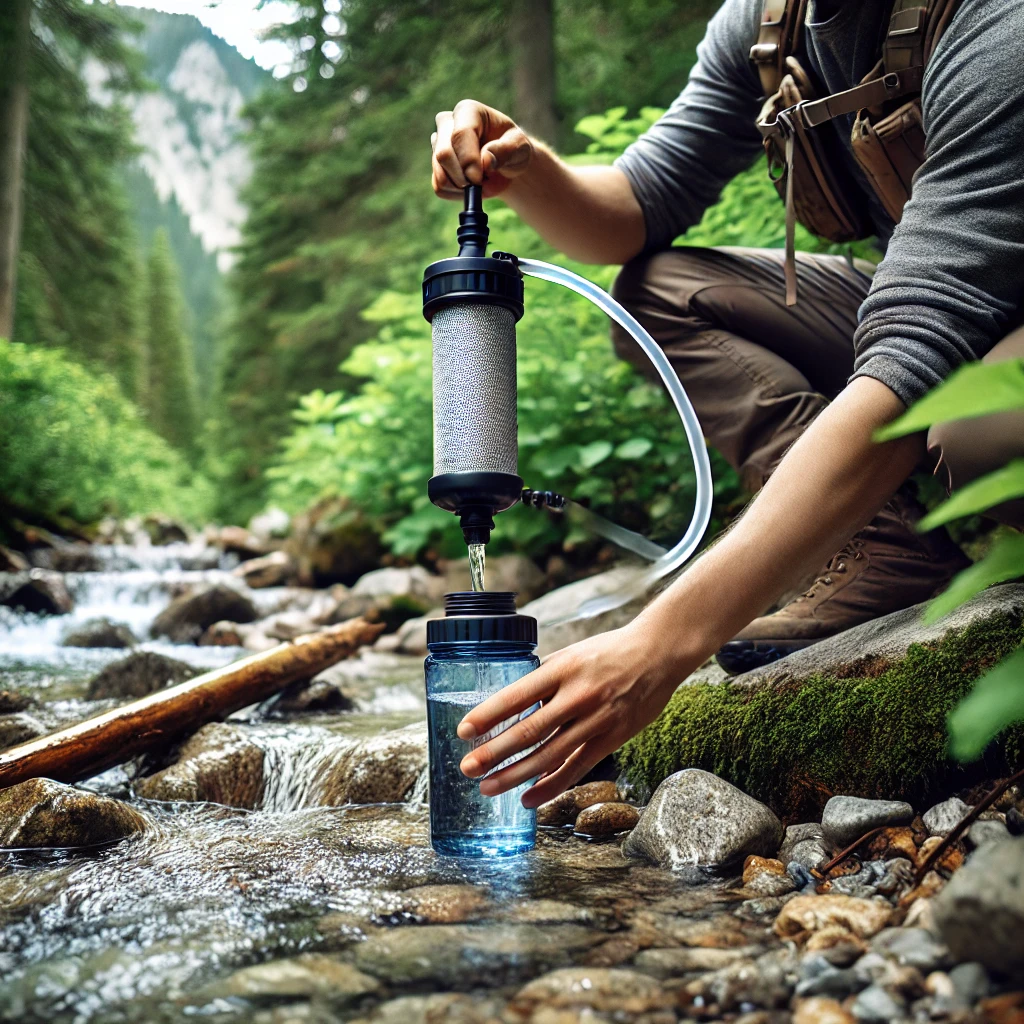How to Create a Comprehensive Emergency Preparedness Plan
Introduction:
Emergency preparedness is essential for ensuring safety in the face of natural disasters, health crises, or man-made emergencies. Developing a comprehensive plan can protect you, your family, or your business by outlining steps to take before, during, and after an emergency. This article will guide you through creating a detailed and effective emergency preparedness plan.
1. Understand the Risks
The first step in creating an emergency preparedness plan is to understand the types of risks and hazards that may affect your area. These could include:
- Natural disasters such as hurricanes, tornadoes, floods, earthquakes, wildfires, or snowstorms.
- Health emergencies such as pandemics or local disease outbreaks.
- Technological or accidental hazards like industrial accidents, power outages, or hazardous material spills.
- Terrorism or human-made crises like acts of violence, cyber-attacks, or mass evacuations.
Risk Assessment:
- Research your area’s vulnerability to certain types of disasters by reviewing historical data and government-provided risk maps.
- Identify potential hazards that may affect your workplace, home, or community.
2. Create a Communication Plan
Communication is critical during an emergency. You need to establish a plan for staying in touch with family members, employees, or emergency services.
Key Components:
- Contact Information: Ensure you have updated contact information for family members, neighbors, and local authorities.
- Emergency Contacts: Identify an out-of-area contact who can act as a relay point if local communication is disrupted.
- Communication Tools: Ensure all household members have access to necessary communication tools (e.g., cell phones, two-way radios, etc.).
- Meeting Points: Designate two meeting points—one close to your home for sudden emergencies like fires, and another farther away in case you need to evacuate the area.
- Emergency Notifications: Sign up for emergency alerts from local government agencies, and download apps that offer real-time emergency updates.
3. Assemble an Emergency Kit
An emergency kit provides the essential supplies you need to survive during and after a disaster, especially if utilities and services are unavailable. Make sure to have:
Basic Supplies:
- Water: At least one gallon of water per person per day for at least three days (for drinking and sanitation).
- Food: Non-perishable food items like canned goods, dried fruits, protein bars, and baby food if needed.
- First Aid Kit: Include bandages, antiseptic wipes, adhesive tape, gauze, scissors, tweezers, and any necessary prescription medications.
- Sanitation Supplies: Toilet paper, moist towelettes, garbage bags, and plastic ties for sanitation.
- Tools: Multipurpose tools like a Swiss army knife, can opener, duct tape, and a flashlight with extra batteries.
- Personal Items: Include important documents (passports, birth certificates, insurance policies), extra clothing, blankets, and hygiene products.
Additional Supplies:
- For Infants or Children: Diapers, formula, and entertainment like books or toys.
- For Pets: Food, water, leashes, collars, and identification tags.
- Special Needs: If any family members have special needs, ensure you have necessary medical devices or dietary supplements.

You May Also Like: Essential Survival Skills Everyone Should Know – 2024
4. Develop an Evacuation Plan
In certain emergencies, evacuation may be necessary. Planning for this scenario can save lives and reduce chaos.
Steps to Create an Evacuation Plan:
- Identify Evacuation Routes: Know multiple exit routes from your neighborhood or workplace. Keep maps handy in case GPS services fail.
- Establish Safe Destinations: Identify shelters, hotels, or the homes of friends or relatives where you can stay during an evacuation.
- Transportation Plan: Have a plan for transporting family members, including pets. Ensure that your vehicle is ready with fuel, emergency supplies, and a spare tire.
- Practice Evacuation: Conduct regular evacuation drills with your household or employees so everyone knows what to do and where to go during an emergency.
5. Prepare for Shelter-in-Place Scenarios
Sometimes, staying indoors is the safest option. Shelter-in-place refers to staying inside your home or office until it’s safe to leave.
Preparing for Shelter-in-Place:
- Designate a Safe Room: Choose an interior room with as few windows as possible. Basements are ideal during tornadoes, while higher ground is better during floods.
- Seal the Room: In the case of chemical or biological hazards, seal windows and doors with plastic sheeting and duct tape to prevent contaminated air from entering.
- Maintain Supplies: Keep enough food, water, and medical supplies to last several days in your designated shelter room.
6. Plan for Vulnerable Individuals
Some people may have special needs during an emergency. Ensure your plan accounts for:
- Elderly individuals who may need mobility assistance or specific medical equipment.
- Children who may require more care, especially if separated from caregivers during a crisis.
- Individuals with disabilities who may need additional resources, transportation, or medical assistance.
- Pets which require food, water, and secure shelter. Know which local shelters accept animals, or have arrangements with friends or family outside the disaster zone.
7. Stay Informed
Knowledge is power during an emergency. Keep yourself updated on potential risks and emergency instructions.
Information Sources:
- Weather Alerts: Use weather radios, apps, and government websites to stay informed about incoming storms or extreme weather events.
- Government Alerts: Sign up for alerts from FEMA, your local emergency management office, or relevant agencies like the CDC for health-related emergencies.
- News Outlets: Regularly check news broadcasts for real-time information and evacuation orders.
8. Practice and Review Your Plan
A plan is only useful if everyone knows how to execute it. Regularly practice and update your emergency preparedness plan.
Conduct Drills:
- Home Drills: Practice evacuation and shelter-in-place scenarios with your household members.
- Workplace Drills: Conduct fire drills and active shooter drills if applicable.
- Review Procedures: Set a regular time (at least annually) to review and update contact information, supplies, and emergency plans.
Continuous Improvement:
- Review lessons learned from past emergencies to identify areas for improvement.
- Update your plan based on changing family circumstances, such as the addition of new family members, changes in health, or relocation.
Conclusion
A comprehensive emergency preparedness plan is essential for ensuring safety and security during an emergency. By understanding potential risks, establishing communication and evacuation plans, assembling an emergency kit, and staying informed, you can prepare to act quickly and effectively in a crisis. Regularly review and update your plan to reflect current risks and ensure that everyone in your household or organization is ready to respond when the unexpected happens.
Also Visit: The Growing Importance of Cyber Insurance in the Digital Age




1 comment